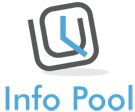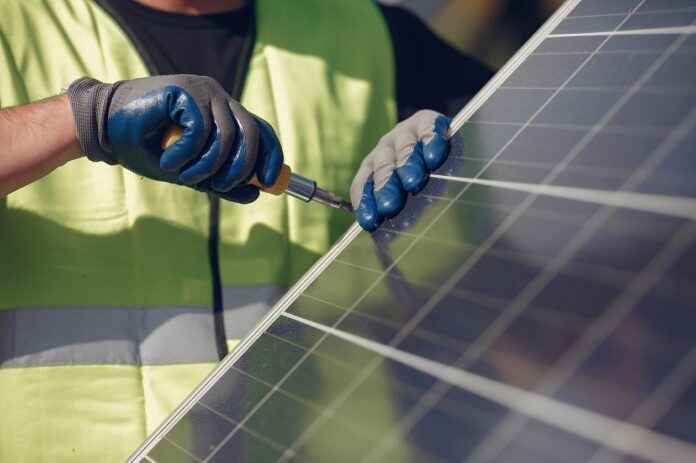When considering solar panels, many homeowners focus on the immediate savings and environmental benefits. However, beneath the promising exterior, there are hidden costs that can catch you off guard. It’s crucial to understand these expenses upfront to make informed decisions and avoid unexpected financial strain. From permits and inspections to ongoing maintenance and potential legal fees, knowing what to expect will help you budget more accurately and maximize your investment.
Understanding Soft Costs
Permitting and Inspection Fees
Obtaining the necessary permits is one of the first steps in your solar installation journey. Local government agencies typically require permits for residential solar systems to comply with building codes. The cost of permits varies by location but can range from $100 to $1,000. Additionally, inspection fees may be incurred to ensure the installation meets all safety and code requirements.
Interconnection and Grid Connection Charges
Connecting your solar system to the local power grid involves interconnection fees. These charges cover the utility company’s expenses for processing your interconnection application and inspection, and sometimes upgrading the grid infrastructure to support your system. These fees can range from a few hundred to several thousand dollars, depending on the complexity and location of your installation.
Administrative and Legal Costs
Administrative tasks and legal requirements can also add to your solar installation expenses. These might include costs associated with drafting and reviewing contracts, preparing and filing legal documents, and other related administrative tasks. Hiring a professional to handle these aspects ensures everything is done correctly but also adds to the overall cost.
Additional Equipment and Infrastructure
Inverters and Batteries
Inverters convert the direct current (DC) electricity generated by your solar panels to the alternating current (AC) used by your home. There are various types of inverters, each with different price points and efficiencies. Additionally, if you opt for a battery storage system to store excess energy, this can significantly increase your upfront costs. Inverters can cost between $2,000 and $3,000, while battery storage systems may add several thousand dollars more.
Mounting Systems and Wiring
The mounting system secures your solar panels to your roof or ground racks, and involves both materials and labor costs. The price of mounting hardware is varied based on your roof type and installation method. Wiring and other electrical components are also crucial, ensuring safe and effective electricity transmission. Combined, these can add several hundred to a few thousand dollars to your budget.
Roof Reinforcements
Your roof’s condition significantly impacts installation costs. If your roof needs repairs or reinforcements to support the added weight of solar panels, you should factor in these expenses. Depending on the extent of the work needed, this could add anywhere from a few hundred to several thousand dollars.
Maintenance and Long-Term Expenses
Regular Maintenance Costs
While solar panels are generally low-maintenance, regular cleaning and inspections are essential to maintain optimal performance. Professional cleaning services typically cost between $150 and $500 per visit, depending on the system size and location. Additionally, minor repairs and periodic system checks may incur extra costs, ensuring the system operates efficiently over time.
Inverter Replacement and System Upgrades
Inverters have a lifespan of about 10 to 15 years, often shorter than the panels themselves. This means you’ll likely need to replace your inverter at least once during your solar system’s lifespan, costing $2,000 to $3,000. Also, as technology evolves, you might want to upgrade your system components to maintain efficiency, leading to further expenses.
Insurance Premiums
Home insurance premiums typically increase when you install solar panels. This increase is due to the added value and potential risks associated with the new equipment on your property. The amount varies depending on your insurer and the specifics of your policy, but it’s an essential ongoing cost to consider.
Financing and Hidden Fees
Loan Origination and Interest Rates
If you decide to finance your solar panel installation with a loan, be mindful of origination fees. These fees, which range from 1% to 5% of the loan amount, cover processing costs. Moreover, interest rates impact the total amount you’ll eventually repay, making it crucial to find favorable terms.
Lease and Power Purchase Agreement (PPA) Costs
Some homeowners choose to lease solar panels or enter into a Power Purchase Agreement (PPA). Both options involve regular payments, which can sometimes come with hidden fees and annual escalators. It’s essential to thoroughly read and understand the terms of these agreements to avoid unexpected costs.
Early Termination Penalties
If you decide to sell your home or terminate your solar lease or PPA early, you may face substantial penalties. These penalties compensate the provider for the remainder of the contract and can add up quickly. Understanding these terms before committing can prevent future financial headaches.
Conclusion
Understanding the hidden costs associated with solar panel installation is crucial for making informed decisions and budgeting effectively. From permits and additional equipment to long-term maintenance and financing fees, these often-overlooked expenses can significantly impact your overall investment. By thoroughly researching and planning for these costs, you can ensure a smoother installation process and better prepare for your solar journey.






